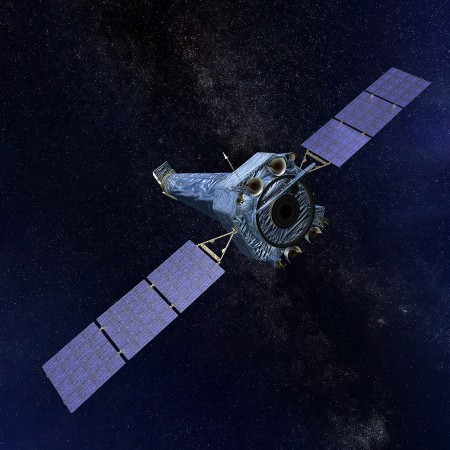
Days after the Hubble Space Telescope, one of NASA's most prolific and famous of the "Great Observatories", was put on hibernation after a gyroscope malfunction, its sister telescope Chandra X-ray observatory, launched in 1999, has now been switched to safe mode, reports the space agency.
Since Wednesday, October 10, the telescope in space has not been put on any work, says NASA. Safe mode for Chandra as described by the release is when, "critical hardware is swapped to backup units, the spacecraft points so that the solar panels get maximum sunlight, and the mirrors point away from the Sun."
NASA is yet to fully describe what really happened to the telescope that they had to go through with this step. They have said that analysis of the data available shows that the way it transitioned to safe mode was actually normal behaviour.
Checks have shown that all the inbuilt systems are functioning as expected and that scientific instruments are safe and unharmed. As to the actual reason behind why Chandra transitioned to safe mode, NASA is still working on it and investigations are underway, says the release. The release does mention, however, that it too could be a gyroscope related problem. Once more information is available, the space agency says that more announcements will be made.
Much like most of the NASA's space workhorses, Chandra has also greatly exceeded its expected life expectancy. Originally intended to serve for only 5 years, it has been chugging steadily along for 19 years now. By 2001, NASA says that its lifetime was further extended to ten years, and even then, it has gone on. The release mentions that Chandra is expected to continue on its science mission of looking deep into the universe and making astounding discoveries for many more years to come.
Chandra is one of four NASA Great Observatories. The others are Hubble Space Telescope, Compton Gamma Ray Observatory, and the Spitzer Space Telescope. Each of them image the universe in different wavelengths and come together to make among the most spectacular images ever photographed.









